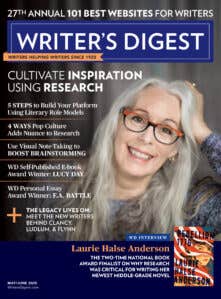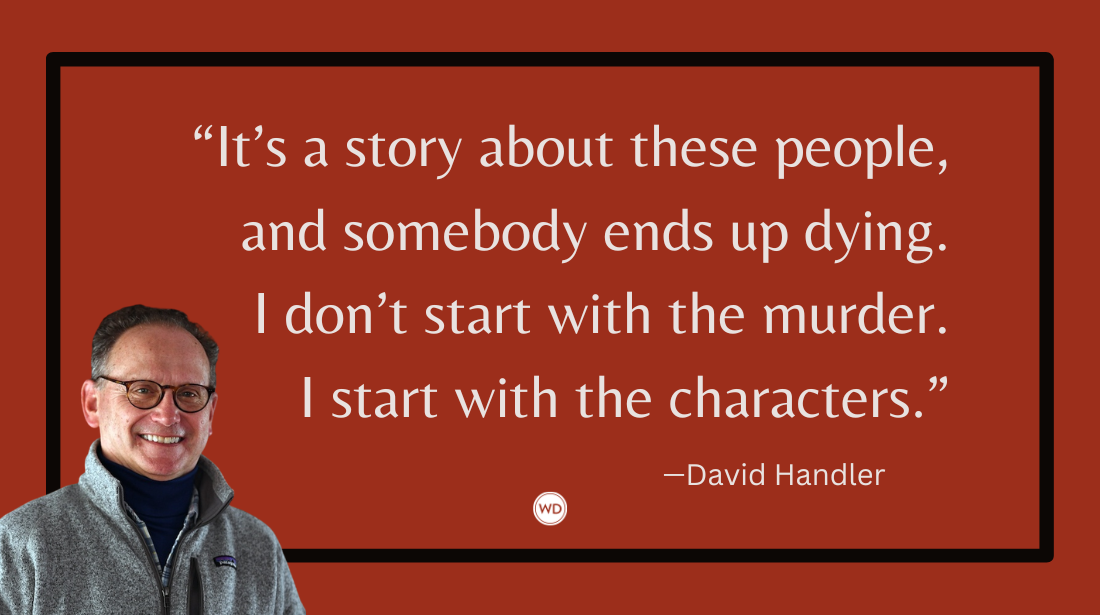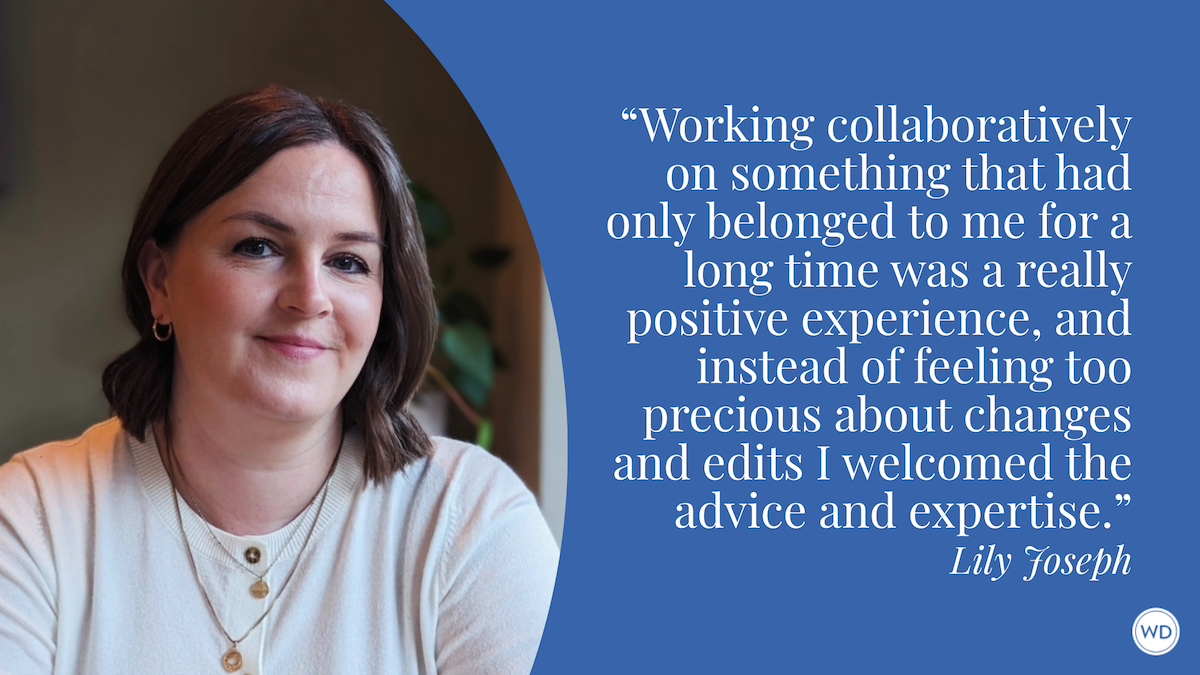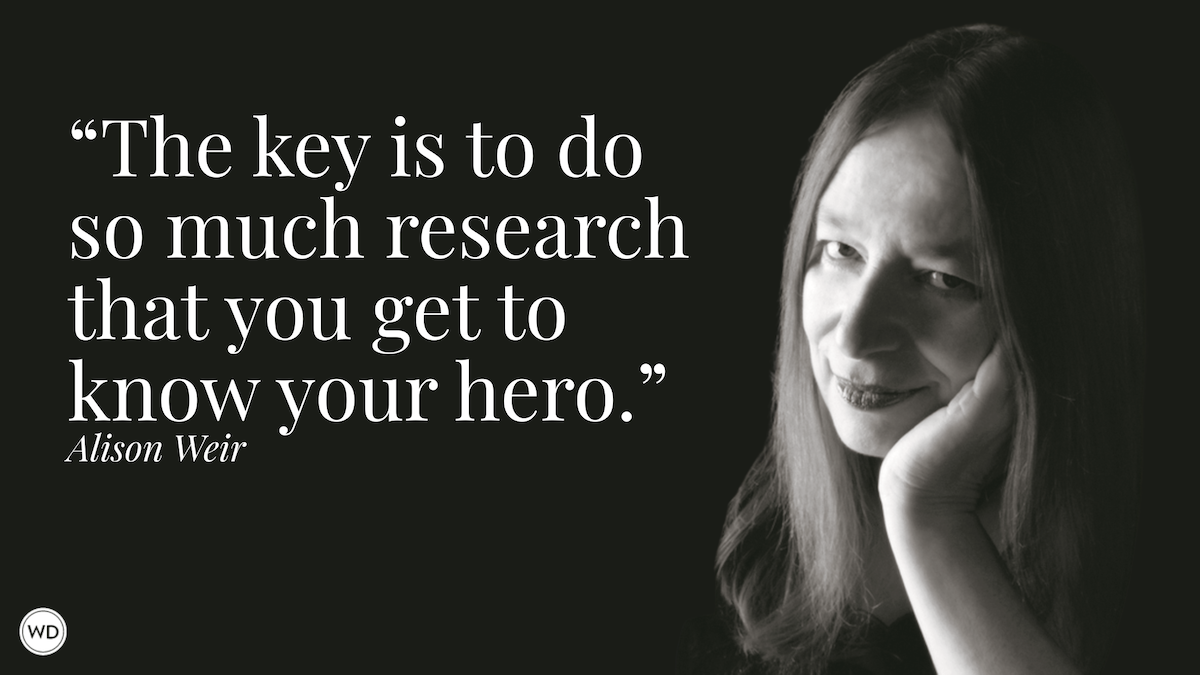Do You Believe This?
Television can give us great breaks from the work of writing, even if we feel slightly guilty for watching. But we can temper our guilt by inviting our Inner Editor to sit beside us and show us what to avoid in our writing.
Television can give us great breaks from the work of writing, even if we feel slightly guilty for watching. But we can temper our guilt by inviting our Inner Editor to sit beside us and show us what to avoid in our writing.
As we become better writers, we become more attuned to the believability of characters and their actions in movies and series. Here, from TV shows (that I guiltily watched), I’ll share two types of unbelievable situations we can learn from and practice avoiding in our writing.
***************************************************************************************************************************
This guest post is by Noelle Sterne, author, editor, writing coach, and spiritual counselor. Sterne writes fiction and nonfiction, having published over 300 pieces in print and online venues, including Writer’s Digest, The Writer,Women on Writing, Funds for Writers, and Transformation Magazine. Her monthly column, “Bloom Where You’re Writing,” appears in Coffeehouse for Writers. With a Ph.D. from Columbia University, for over 28 years Noelle has assisted doctoral candidates in completing their dissertations (finally). Her practical-psychological-spiritual handbook in progress helps them further. In her book Trust Your Life: Forgive Yourself and Go After Your Dreams (Unity Books; one of ten best 2011 ebooks), Noelle draws examples from her practice and other aspects of life to help writers and others release regrets, relabel their past, and reach their lifelong yearnings. Her webinar about the book, with narrative and slides, is available on YouTube. Noelle explores writing, creativity, and spirituality on Author magazine’s “Authors’ Blog”: Visit Noelle at her website: www.trustyourlifenow.com.
***************************************************************************************************************************
Where Did She Learn That?
Everything that happens, especially in crises, must be prepared for. Otherwise credibility is sorely strained. Maybe you don’t consciously realize it as you’re watching a show and you become engrossed in the plot and/or characters’ struggles, but your Inner Editor is ever lurking. Sometimes, usually as I’m falling asleep after a two-hour TV movie, questions pop up: “How did he know that?” “Where did she learn that?”
Case in point: A Hallmark movie called Mending Fences (2009) takes place on a ranch. One of the main characters is the grandmother, whose eyesight is seriously failing and who has little use for today’s electronic gadgets, including cell phones.
When she and her city granddaughter take a horseback ride out to the edge of the property, they encounter a violent storm. The granddaughter has just learned to ride and her horse spooks, throwing her to the ground and knocking her out. The grandmother, panicked, reaches into the girl’s pocket and grabs her cell phone.
In the dark, with rain pelting, the grandmother holds the phone and, with one press of a button, reaches her daughter, the girl’s mother. Help arrives quickly.
Okay—how did the grandmother (a) know how to use the phone, (b) know that a speed button would connect with the mother’s phone, and (c) see the right button in the dark with her failing eyes?
Lesson: The writers gave no preparation at all for the grandmother’s day-saving actions.
Remedy: Plant, plant, plant. For example, early in the movie, when the granddaughter first arrives from the big city, the grandmother grudgingly admires her cell phone. The girl admonishes her, “Like, it’s the 21st century, Gram. See, it’s easy.” And with a flourish she shows off, pressing the speed-dial button and instantly hears her mother answer.
Too Much Talk
A major technique of hour-long shows, especially mysteries, is the last-minute figure out/tie-up/confessional. Murder, She Wrote is famous (or notorious) for these. I confess I’m a Jessica addict and still marvel that I haven’t seen all twelve years of the late-night reruns. In the crucial three and a half minutes before the hour’s end, Jessica always nails the murderer with a nonstop exposition that rivals an auctioneer’s spiel.
It generally goes like this: With the local police ready nearby, Jessica surprises the murderer who is breaking into the office to destroy the incriminating evidence. When she confronts him or her, the murderer denies it boisterously. “What a wild imagination!” “This woman is crazy!” “You have no proof!”
In her gentle but firm way, Jessica replies, “No, Cliff, you’re wrong. You . . . .” And she begins the long, involved narrative of what really happened, her confident voiceover recounting every detail while the screen shows all the steps of Cliff planning and carrying out the deed.
How in Holmes’ name did she figure all that out?
Lesson: The parallel in your writing to all this talk is too much exposition. You need some, of course, at the start of your story or novel and a few points along the way. But don’t rely on a stuffed-in, long-winded, over-detailed explanation at the finale. It just ties everything up too neatly and, as with Jessica’s soliloquy, strains reader credibility.
Remedy: Like the previous version of unbelievability, one solution here is to keep planting. Granted, it’s a challenge and art to plant enough clues subtly enough so the viewer or reader doesn’t guess the murderer too early (one writer friend and her husband have contests for who can guess the culprit earliest in the show).
For example, you could show the murderer interested as if naturally in the victim’s life or possessions—a special ceramics class, a custom-engraved pen, an old beloved upright piano with a wobbly leg (but show other characters interested too). Brush on these potentially important pieces of evidence once or twice near the beginning and at the middle: the broken bowl shard for throat slitting, the pen for chest stabbing, the piano leg for head clobbering. By this method, you’ll be planting clues but not the whole garden.
Believe It
As you watch such shows and observe their flaws, apply the lessons to your own work. Check and recheck your plants and plot twists for believability. Keep asking yourself how your characters knew about this or knew how to do that. If you come up blank, go back and tuck in some believable allusions. Then your readers will not only enjoy your stories and novels but will also believe your characters and eagerly look for them in your works.








